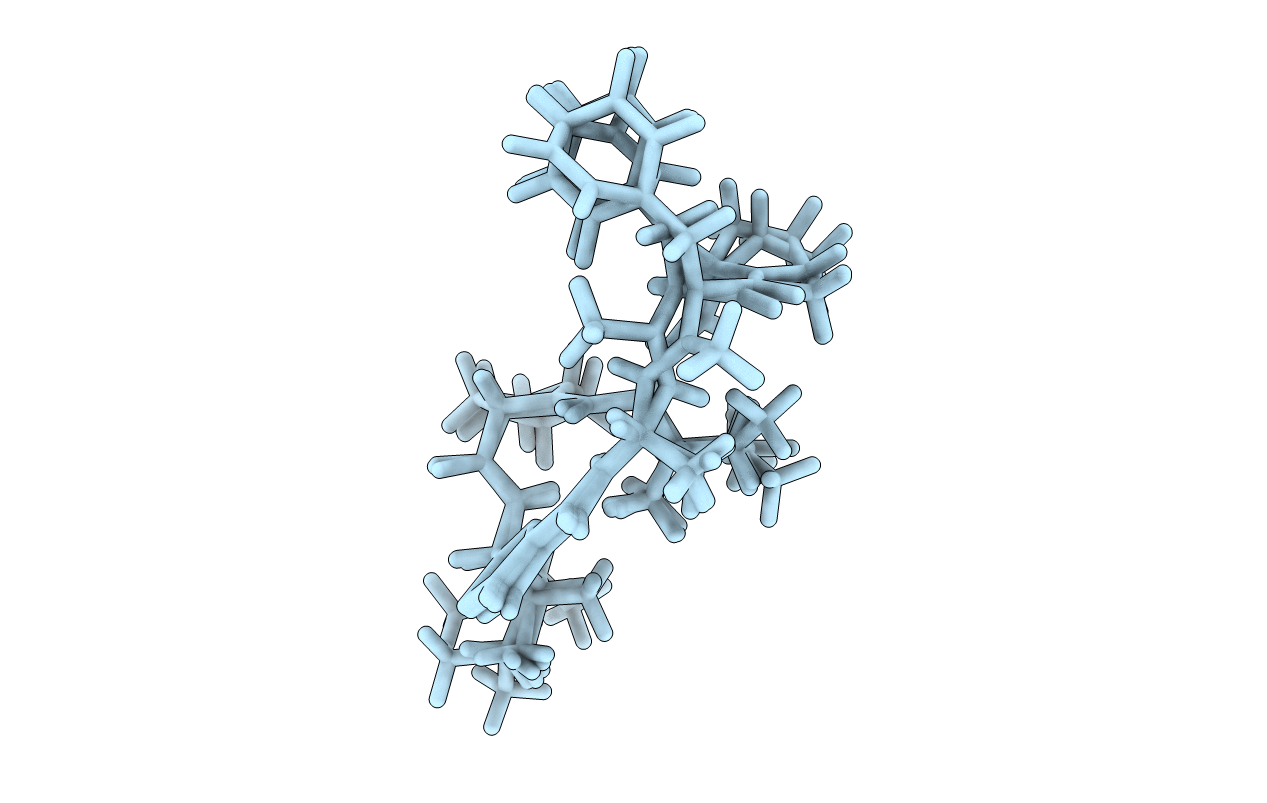
Deposition Date
2021-01-03
Release Date
2021-09-08
Last Version Date
2024-11-13
Entry Detail
PDB ID:
7L98
Keywords:
Title:
Connecting hydrophobic surfaces in cyclic peptides increases membrane permeability
Biological Source:
Source Organism:
Homo sapiens (Taxon ID: 9606)
Method Details:
Experimental Method:
Conformers Calculated:
50
Conformers Submitted:
4
Selection Criteria:
structures with the lowest energy


